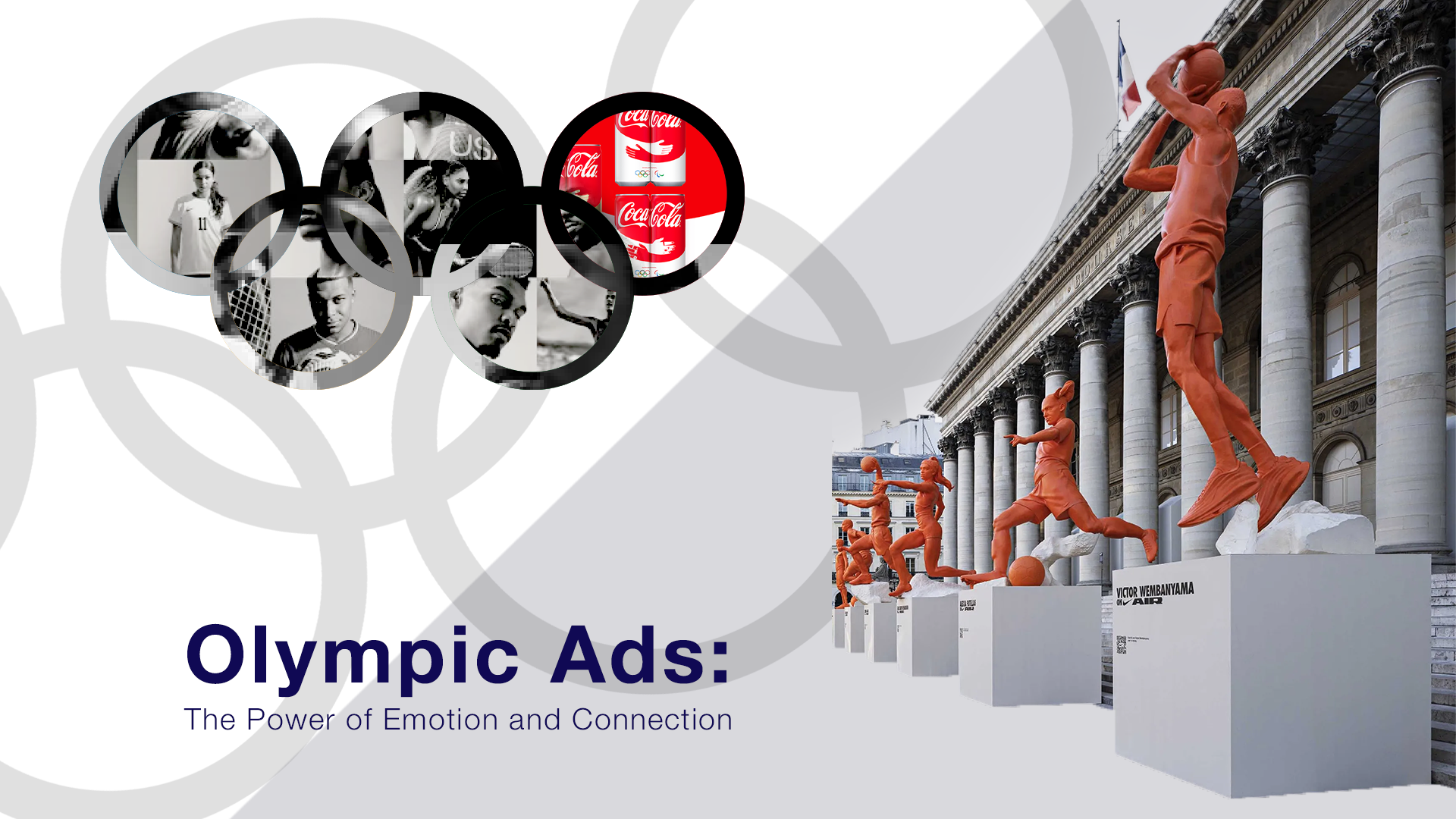It's hard to find a black cat in a dark room, especially if it isn't there.
Confucius
I first heard the phrase “Are we looking for a black cat in a dark room?” during a discussion among several scientists about the rationality of a research hypothesis.
The search for a black cat in a dark room, especially when no cat is there, expresses the idea of futile effort. It symbolizes a pursuit of something that likely does not exist and is ultimately absurd. Although this phrase is attributed to Confucius, it is more of a philosophical concept than a direct quote. Applying this idea to the context of Organizational Behavior creates a powerful metaphor, reflecting the wasteful expenditure of energy and resources in organizational management, leading to inefficiency.
In this article, I will try to answer the following questions:
Why do organizational leaders search for a black cat in a dark room, losing consistency and harming the organization in the process?
Why do intelligent people make elementary and absurd mistakes?
To answer these questions, let's consider several theories.
-
Fear of Missing Out (FOMO)
Do you remember the anxiety in school while waiting for an invitation to a classmate's party? Or the feeling of missing an important event? These emotions are linked to anxiety and regret, commonly referred to as the Fear of Missing Out (FOMO).
The Fear of Missing Out (FOMO) has been a part of human nature and our daily lives since ancient times. Early humans instinctively understood that missing out on food, shelter, or a suitable mate could jeopardize the survival of their species. Therefore, this fear is universal and present in every person, race, generation, and gender. However, with the advent of technology, particularly social media, FOMO has significantly intensified.
Herman first highlighted FOMO in 2000 (Herman D, 2000), using the term to describe consumer behavior. However, after the COVID-19 pandemic, the term became more generalized, with modern authors using it to explain anxiety. Given this growing trend, people are often referred to in literature not as HOMO Sapiens but as FOMO Sapiens.
In the context of Organizational Behavior, FOMO reflects human anxiety and fear of missing out on an opportunity, innovation, or trend that may be crucial. Here, we talk about a leader who, under the influence of FOMO, is constantly searching for new initiatives and losing consistency.
FOMO can manifest in the following forms:
-
Copying every new trend that may be less relevant or inappropriate for the business.
-
Constantly implementing innovations and initiatives when core business processes are not yet established.
-
Making hasty decisions that are not aligned with the company's long-term strategy.
-
Taking unjustified risks, such as investing significant resources based on current trends and intuition without prior market analysis.
In today's world, the pursuit of new ideas is essential. However, decisions fueled by FOMO can lead to impulsive and unpredictable leadership, much like searching for a black cat in a dark room—even when it isn’t there.
-
Fast Thinking (System 1) vs. Slow Thinking (System 2)
According to Daniel Kahneman's book «Thinking, Fast and Slow», people use two different thinking systems when making decisions. When the outcome is easily predictable or when we encounter something familiar, we make fast, intuitive decisions; this type of thinking is called System 1. On the other hand, when faced with a complex task or unfamiliar environment, we start applying more deliberate and slow thinking, activating System 2.
Fast thinking, or System 1, is the brain's automatic mode, which conserves effort and energy. It is formed based on previous experience, decisions, and the environment in which we grew up. Often, System 1 is helpful as it saves energy, helps us navigate our environment, and avoids constantly reconsidering details. For example, in everyday life, we use System 1 more frequently, while System 2, which involves slow thinking, can be tiring and irritating when used often.
However, it's important to note that System 1 has its drawbacks—it is prone to errors, subjective judgments, and biases. System 1 does not account for important details and relies on existing experience.
The choice between fast thinking (System 1) and slow thinking (System 2) is fully conscious; a person chooses which system to rely on when planning. It is also worth noting that System 1 operates automatically, like an autopilot, so in stressful situations or when fatigued, a person is inclined to make decisions with minimal energy expenditure, using System 1.
This is why intelligent people sometimes make very simple mistakes and, based on System 1, may instruct their team to search for a black cat in a dark room, as it worked in the past. In such cases, we encounter a pattern-based approach and a rigid attitude toward the surroundings ("don't miss the important stuff"). As a result, the company may stagnate instead of correctly utilizing and developing new opportunities.
How can this be changed?
Fear of missing out (FOMO) can be a powerful and legitimate motivator for both leaders and teams. However, it's crucial to recognize its potential downsides. Striking a balance between fast, instinctive thinking (System 1) and slow, analytical thinking (System 2) is essential for effective decision-making.
While it's natural to rely on fast thinking for routine tasks, navigating complex situations requires the deliberate approach of slow thinking. It's important to remember that both FOMO and fast, automatic thinking are intrinsic parts of us. They can be managed through self-reflection, continuous development, seeking feedback from your team, and maintaining a healthy work-life balance. These practices help ensure that you don’t overlook critical details due to stress or incomplete information, avoid making decisions driven solely by FOMO or Fast thinking, and most importantly, resist the temptation to chase a black cat in a dark room, especially when it isn’t there.






